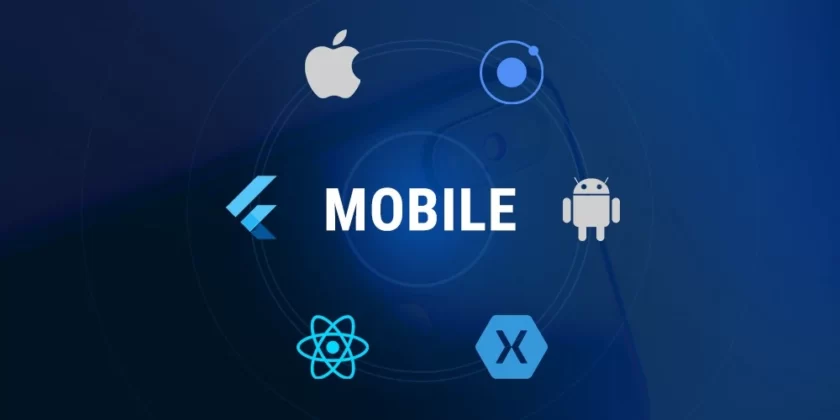Developers are constantly on the lookout for app development tools or frameworks that can make their job easier and reduce app development time and cost in today’s highly competitive digital environment, thanks to rapid technological breakthroughs.
As a result, by 2022, an overwhelming number of cross-platform app development frameworks will have arisen to meet that demand. Looking at Google trends indicators from 2010 to the present, we can see the rising frequency of search inquiries.
What is a Cross-Platform App Development Framework?
A cross-platform app development framework is a collection of tools that enable you to create native or native-like apps for many platforms, including Android, iOS, Windows, and the Web, using a single codebase.

This allows you to reach a far wider target audience across many platforms at a much lower cost and in less time.
Programming Languages Used in Cross-Platform App Development Frameworks
Many cross-platform app development frameworks use JavaScript and its derivatives as their main programming language. Some of these frameworks are: React Native, Cordova, Ionic, NativeScript, and Appcelerator.
Other popular languages are Java, Dart, and Ruby.
Let us look into each of these frameworks and explore what they are capable of.
React Native
React Native is an open-source UI software framework created by Meta Platforms, Inc. It is used to develop applications for Android, Android TV, iOS, macOS, tvOS, Web, Windows, and UWP by enabling developers to use the React framework along with native platform capabilities.
Flutter

Flutter is an open-source UI software development kit created by Google. It is used to develop cross-platform applications for Android, iOS, Linux, macOS, Windows, Google Fuchsia, and the web from a single codebase. First described in 2015, Flutter was released in May 2017.
Ionic
Ionic is a complete open-source SDK for hybrid mobile app development created by Max Lynch, Ben Sperry, and Adam Bradley of Drifty Co. in 2013. The original version was released in 2013 and built on top of AngularJS and Apache Cordova.
Xamarin
Xamarin is a Microsoft-owned San Francisco-based software company founded in May 2011 by the engineers that created Mono, Xamarin. Android and Xamarin.iOS, which are cross-platform implementations of the Common Language Infrastructure and Common Language Specifications.
Cordova
Apache Cordova is a mobile application development framework created by Nitobi. Adobe Systems purchased Nitobi in 2011, rebranded it as PhoneGap, and later released an open-source version of the software called Apache Cordova.
NativeScript
NativeScript is an open-source framework to develop mobile apps on the Apple iOS and Android platforms. It was originally conceived and developed by Progress. At the end of 2019 responsibility for the NativeScript project was taken over by long-time Progress partner, nStudio.
Conclusion
When compared to native development, cross-platform app development is the clear choice for code reusability, cost savings, ease of maintenance, and quick deployment.
Moreover, cross-platform development also simplifies and speeds up the reading, writing, maintaining, debugging, reusing, and scaling of your code.
Of all these frameworks which one is the best?
There is no such thing as a one-size-fits-all cross-platform app development framework. What framework is suitable for you is determined by your technical expertise, preferred programming language, project needs, and target platforms.
